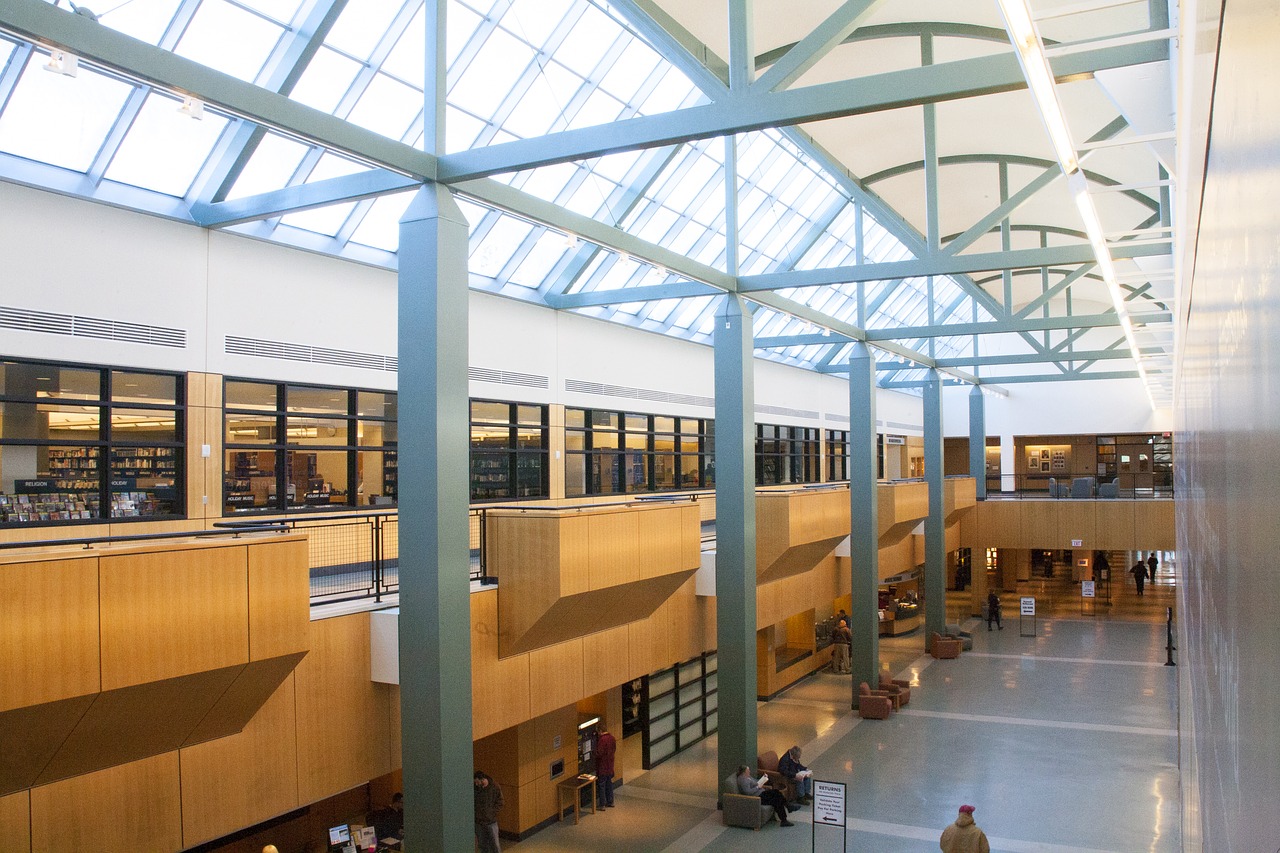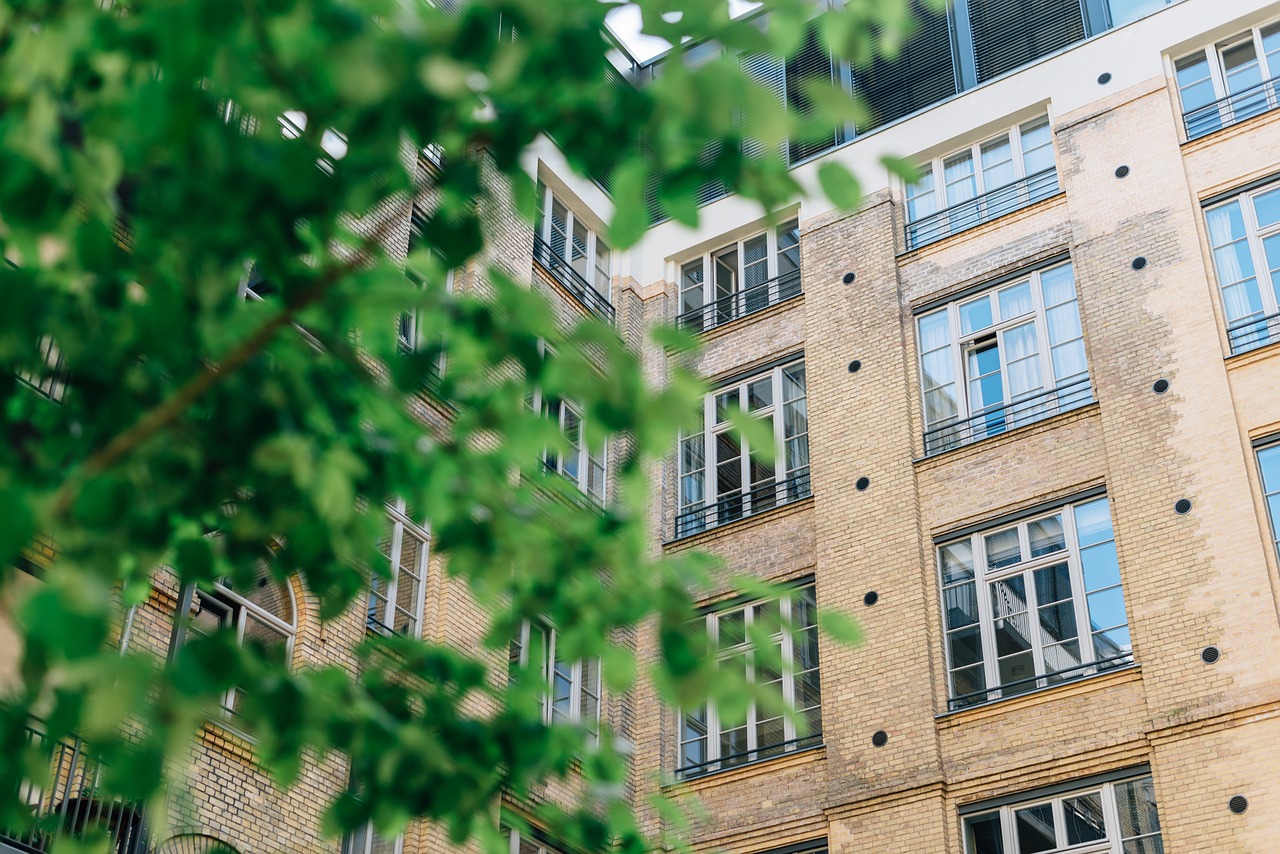
Lighting is an excellent way to be more sustainable.
Sustainable lighting strategies can have the quickest payback periods.
1. Turning off or De-lamping
Do a walk-through of your facility.
Are there areas where the lights are on, even though the
windows provide sufficient lighting for the activity?
Are there areas where the lighting is blindingly bright? Can
you remove some of the light fixtures or some of the bulbs in the light
fixtures? For example, in double fluorescent lamps, you can remove one
fluorescent tube from the lamp.
Can you turn off some of the lighting due to the social
distancing requirements?
The payback period is immediate. You start saving as soon as
the lights are turned off.
2. Spot/Task lighting
Are there only certain parts of a room that are being used?
Can only that section be lit? Can we put a desk lamp in those areas, and turn
off the overhead lights?
3. Switch to LED lighting
LED lights use 1/3 of the electricity and last 2.5 times as
long before replacement is needed. They fit into the existing light fixtures
and require very little effort to implement. Unlike traditional lighting, LED
lighting quality does not deteriorate over time. It will also decrease cooling
costs in the summer because LED bulbs don’t generate as much heat.
LED lighting projects offer among the highest return on
investment of any sustainability project – a pay back period of around 6 months.
You can often find government or utility company grants to help offset the
cost. However, most grants will require you to upgrade an entire room at one time,
rather than replacing bulbs progressively as each bulb fails.
4. Motion Sensor lighting / Automatic switches
In areas where the light is left on even when there is no
one in the room, consider getting occupancy sensors. These can help decrease
the lighting cost of an area by as much as 90%.
These are most often installed in restrooms. break rooms,
storage areas, warehouses, and conference rooms.
Also, if your facility does not run 24-hours a day, you
should install automatic switches that turn off the lights in the evening and
turn them on again in the morning when your employees are at work.
5. Daylight harvesting
When engaging in a new building project, look at designing
buildings with strategically placed windows that allow for maximum daylight
usage
Studies show that natural lighting improves employee
productivity and happiness.

